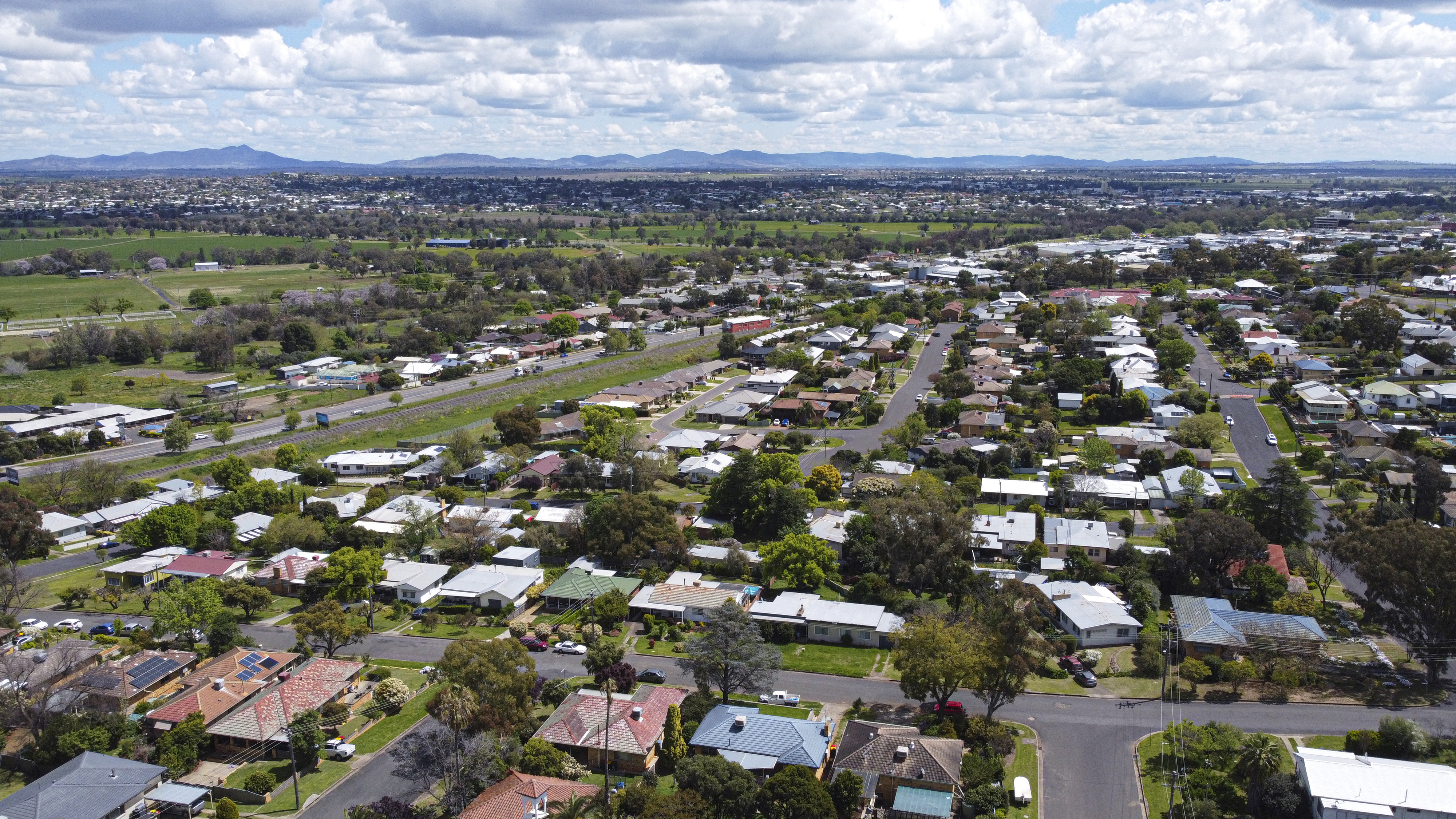Rental prices across Australia are sitting at a record high, pushing tenants further away from city centres, where there are continual supply issues.
The national median weekly rent is now $627, following a 0.8 per cent rise in April, according to property data provider CoreLogic's latest rental market update.
According to the report, growth re-accelerated most strongly in greater capital areas within 30 to 40 kilometres of city centres.
READ MORE: Fan suffers spinal injury after lead singer of Aussie band jumps into crowd
This was the case for some suburbs in Sydney, where the median weekly rent for the city is $770 per week, up nine per cent in the past 12 months.
The annual growth in Campbelltown on the city's outskirts went from 9.1 per cent in October to 13.4 per cent in the year to April.
Over in Queensland, this included Jimboomba, where annual rent growth went from 3.8 per cent to 6.4 per cent in the same period.
The annual house rent growth went from 11.7 per cent to 13.1 per cent in the same period in parts of Casey in Melbourne.
"Part of the reason for the re-acceleration in rents nationally could be due to renters being forced into more affordable, peripheral housing markets as they become priced out of more desirable and central metropolitan locations," the report said.
"Areas where rents are slightly lower may offer more space for group households or have slightly less competitive rental conditions which are potentially being more targeted by prospective tenants."
The report noted net overseas migration was just under 550,000 in the year to September, with temporary visa holders accounting for more than 90 per cent of that figure.
Supply constraints have also persisted in the residential construction industry with only 173,000 new dwellings completed in the same period.
"Given there is little that can be done on the supply side for renters in the short term, reprieve in the rental market is most likely to come from a moderation in net overseas migration, as some temporary migrants start to depart, and arrival numbers normalise post-COVID," the report said.
"Centre for Population forecasts indicate this could occur from next financial year.
"Until then, renters may be seeking more shared accommodation, or exploring cheaper rental markets across the outer metro fringes or regional Australia."
The data showed pick up in regional rent growth was most pronounced in regional Queensland and Tasmania houses.
The biggest falls from the peak were across the Pilbara in Western Australia, despite surging in previous years.
"East Pilbara rents are -37.9 per cent (the equivalent of $509 lower) than the record high in October 2012," the report noted.
"In West Pilbara, weekly rents are still -24.6 per cent (or $321 lower) than in October 2011."




